As of today ( 30/4/2020) if you have Microsoft servers that are older then the list of below, then they are out of Mainstream Support
SharePoint 2016
Exchange 2016
SQL Server 2016 (SP1)
Windows Server 2016
What does that mean?
Mainstream support is the free warranty Microsoft puts on its software products ( usually around 3 years ) for any Security Issue or Bug or Product Changes found with it.
After this, the product switches to Extended Support
"Extended Support lasts for a minimum of 5 years and includes security updates at no cost, and paid non-security updates and support," says Microsoft.
Extended Security Updates for on-premises or hosted environments: Extended Security Updates will also be available for workloads running on-premises or in a hosting environment. Customers running SQL Server or Windows Server under licenses with active Software Assurance under an Enterprise Agreement (EA), Enterprise Subscription Agreement (EAS), or a Server & Cloud Enrollment (SCE), can purchase Extended Security Updates annually for three years after End of Support date. Customers can purchase Extended Security Updates only for the servers they need to cover. Extended Security Updates can be purchased directly from Microsoft or a Microsoft licensing partner.
What can you do ?
You can determine if not having product updates or bug fixes is an issue for your environment, auditing, and compliance. If only need Security updates, and these match your compliance and audit requirement then you just need to worry when extended support finishes!
If not then you need to purchase Extended Support From Microsoft , a cost of this for example with Windows 7 is 50$/Year or 25$ with a cloud license!
Or you can get it free for example SQL - Free and enabled by default when migrating on-premises servers to Azure Virtual Machines. You can then use the SQL Server registry service in the Azure portal to register your end-of-support SQL Server instance and download updates when they are made available.


